As teachers we know we want students to be able to read a word, say a word and identify sounds in it, know what the word means and how to use it. And guess what?
That is exactly how research says our brains process and recognize words! We recognize AND learn words by their sounds, meaning, the context they are used, and how they are spelled.
Research calls it the Four Part Processing Model developed and later confirmed with functional brain studies is based on work from (Seidenburg & McClelland, 1989). It goes something like this:
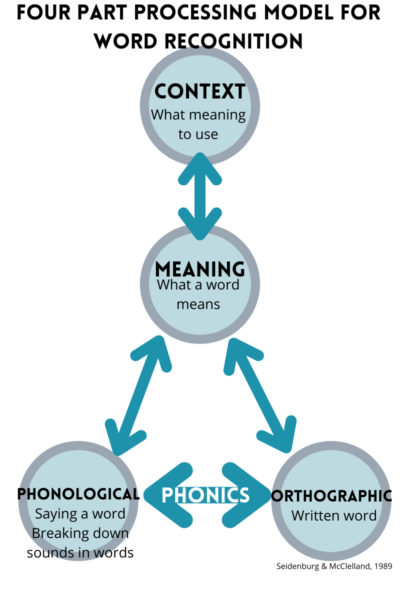
What Does That Mean For Us As Teachers?
Understanding what these four areas entail helps us help students build connections with and across words so they can have faster word recognition, reading fluency, comprehension, and quicker recall of words when writing (Tolman & Moats, 2019). This is exactly why we have the goal for students to read, say, know the sounds, meaning, and how to use a word. Our word work activities should reflect those goals.
How To Say A Word? Thanks To Our Phonological Processing System
This processor helps students “perceive, remember, interpret, and produce the speech-sound system of our own language” (Tolman & Moats, 2019). Basically, anything that is speech-related is part of this. These skills could definitely be done in the dark as it has only to do with hearing speech sounds, remembering speech sounds, and making speech sounds.
It is when we start connecting letters to sounds we are on phonics, which helps build connections to our next processing system.

How Does It Help Teachers?
It isn’t just the early grades that need phonological and phonemic awareness. If we want to help students learn words, we have to break words down to the sounds and syllables in them. It doesn’t mean we have to spend a lot of time there, but it is definitely something we can’t gloss over.
How to Write A Word? Thanks To The Orthographic Processing System
This processor deals with the visual form of a word so that we can recognize, store and recall the letters or graphemes that make it a written word. This system also includes this magical part in our brain called the brain’s letterbox. That is where we store all the words we have learned so we can recall them quickly when writing or reading.
Phonics is the link that goes back and forth between the orthographic and phonological processors. Even better “printed word recognition will be faster and more accurate if the spoken form of the word already exists in the person’s listening vocabulary” (Tolman & Moats, 2019).
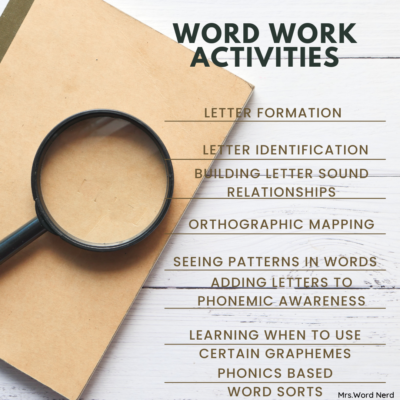
How Does It Help Teachers?
These first two processors are vital for beginning readers. They also can clue into where a student may be struggling. If they can’t break down the sounds in a word, how will they be able to put it in its visual form? Building letter-sound knowledge is key to helping students easily use words in both word and verbal form.
What Does A Word Mean? Meaning Processing System
We use this processor to understand and interpret the meaning of words in and out of context. It has a simple job, but it has a huge impact. Think of it like this- you are able to say a word and read a word. That in itself is fantastic! However, if you have no other connections to it, it is equivalent to a nonsense word because you don’t know what it means or how to use it.
How Does It Help Teachers?
Vocabulary activities or just talking about a word’s meaning is something we need to work into as many lessons as possible no matter what grade level we are teaching. As a teacher who used to struggle with why and how with vocabulary, learning this has been huge and I see the impact it has on my students in how they are talking and thinking about ideas.
How to Use A Word? Context Processing System
Context processor is different from all the rest because it only interacts with the meaning processor. It is there to support the meaning processing system by helping get to a word’s meaning.
Let’s take the words: knight and night. Which word you use is based on the meaning and the context of the sentence. According to the phonological processor, they are the same word- because they have the same sounds. It is only with the context processor that our meaning and orthographic processors can determine which one needs to be used. Although this doesn’t play such a critical role as the other processing system is still much needed. Our language could get very confusing without it.
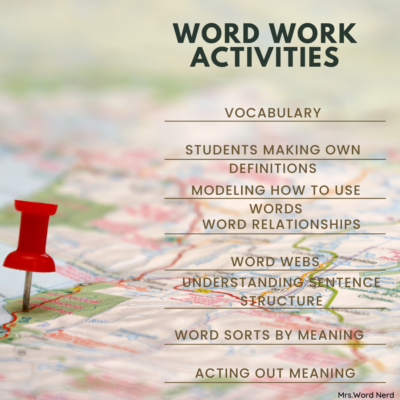
How Does It Help Teachers?
Things would get very confusing if we didn’t have the context processor. This processor helps clarify and help us apply all those different meanings we work on.
Putting It Altogether
Seeing how these processors work together can guide our instruction to help students even better. I have tried to add tasks and questions from as many of these processors as I can. Even in a kindergarten small group, we can easily incorporate phonological, orthographic, meaning, and context. We can segment bat. Focus on what rhymes with it. Ask what letters would we need at the beginning to make that rhyming word. Then ask or model the different meanings of bat. Then ask when we would use them. Have students act out what the different sentences with bat mean. It doesn’t have to be big or fancy, but adding in a question or two about the sounds, and meaning can start to make a big difference with your students.
Bringing that same attention to our word work activities can also have a massive impact on our students as we are setting them up to work with words in a way their brains will remember them the best.

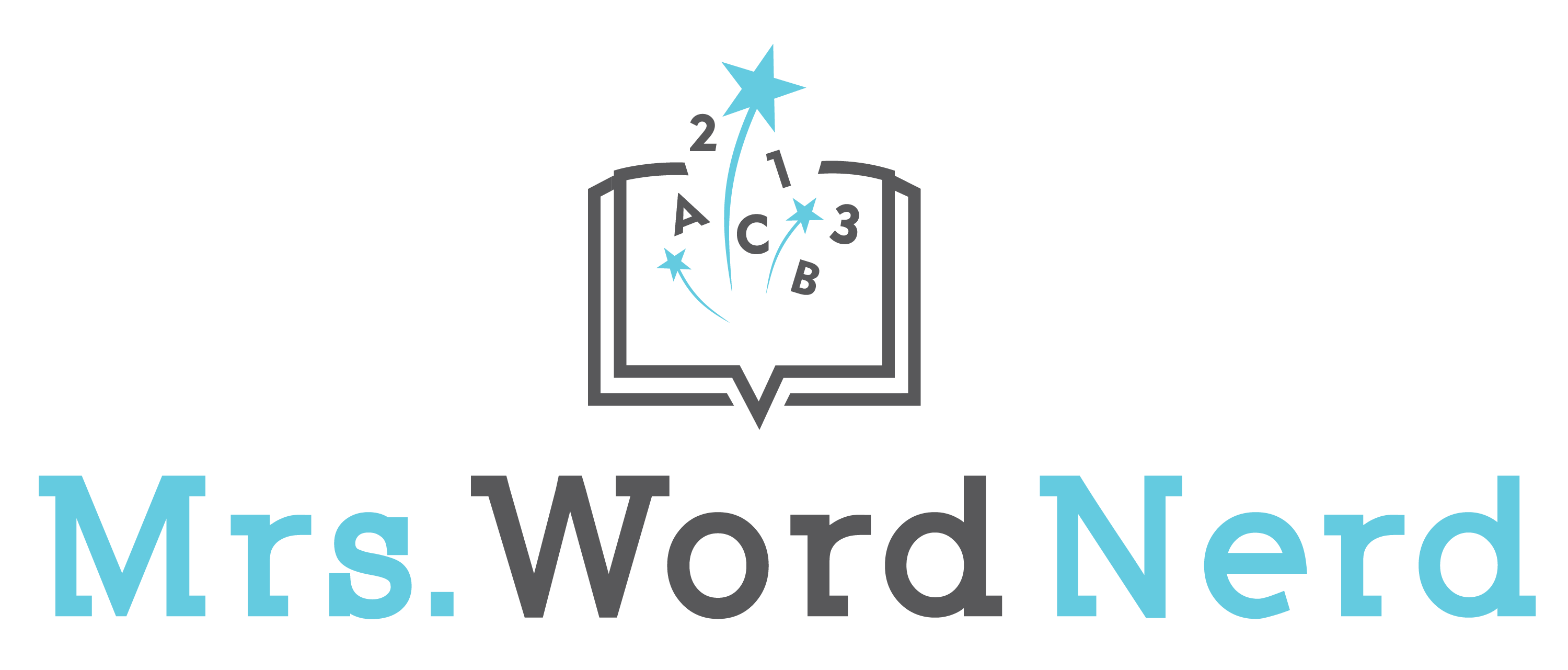


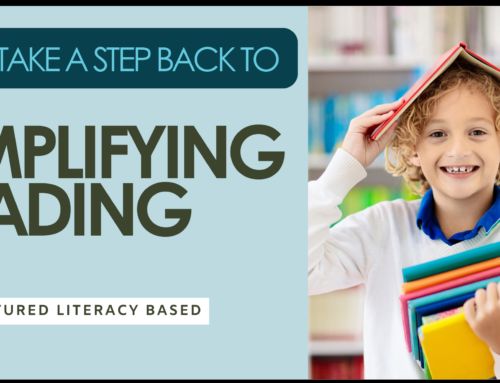

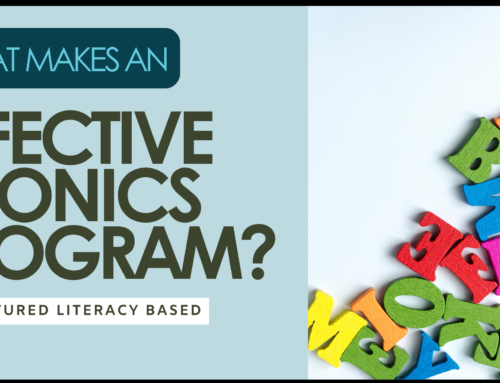
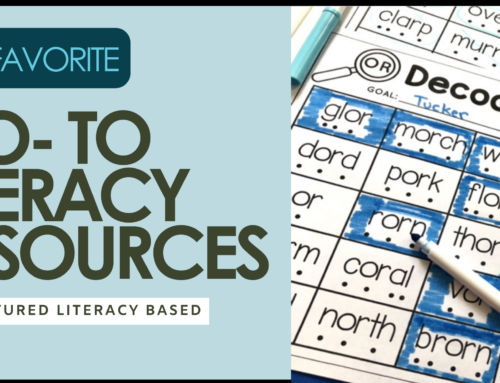
Leave A Comment